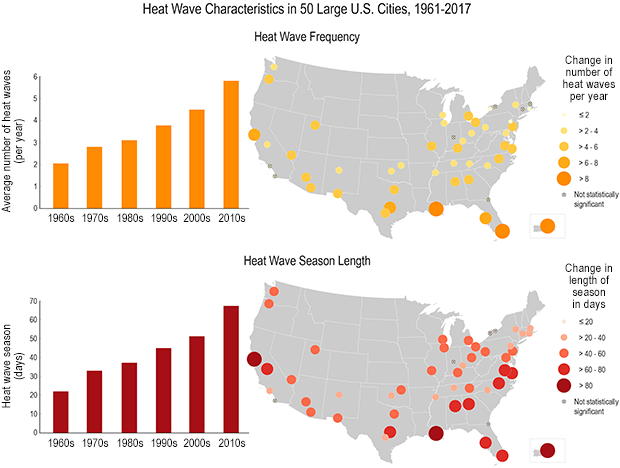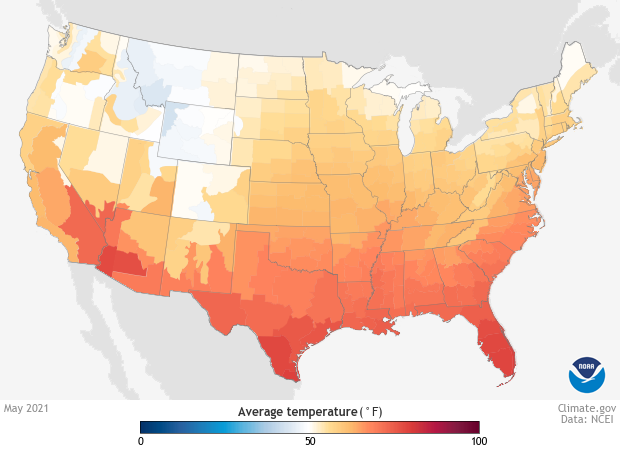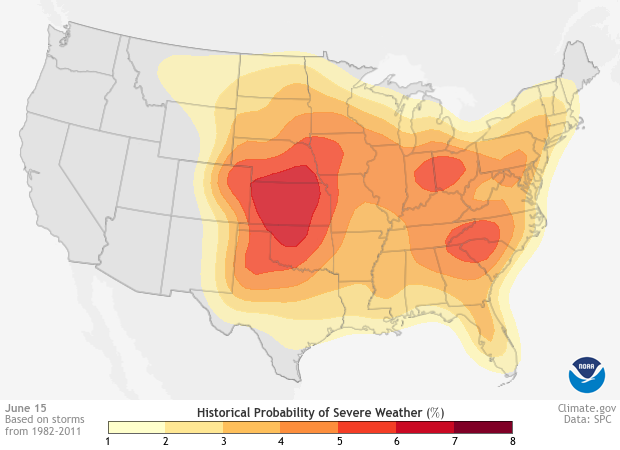
Miami just appointed a Chief Heat Officer as they are the lowest dot on these charts. Guess whose dot is in the middle of the US Gulf Coast? Right, New Orleans. My thanks to Ann for posting this.
Miami experienced record-breaking heat last summer that led to dozens of deaths. This summer, the city will have its first-ever “Chief Heat Officer” to take on the problem of high temperatures and help people get relief. CHO Appointee Jane Gilbert is no stranger to climate issues in Miami: she was the city’s Chief Resilience Officer from 2016 to 2020, and heat came up as part of that job as well. The coastal Florida city had 41 days of dangerous heat, where the heat index is at or above 105 degrees Fahrenheit. By mid-century, the city is projected to have 88 days of dangerous heat.
Worldwarzero.com
We will have heat and we get rain. These form the heat index that is the problem and yesterday was supposed to be over 105 degrees.
We can’t stop the heat but we must deal with it. Heat is the top weather — and climate-related cause of death in the US — and temperatures are on the rise. Having a city official who can create a comprehensive heat strategy and coordinate with different communities and politicians to implement it will help Miami prepare for the hot days ahead. “We know extreme heat does not impact people equally — poorer communities and Black and Hispanic people bear the brunt of the public health impacts,” Miami-Dade County Mayor Daniella Levine Cava said in a statement. The new position will “coordinate our efforts to protect people from heat and save lives.”

Gilbert talked with the Washington Post and offered these actions to help the citizens of Miami:
- Make sure people in public housing or substandard housing have access to adequate cooling.
- Create shade at bus stops by building structures or planting trees.
- Use federal infrastructure funds to improve affordable housing and weatherization programs.
“We need to look at questions like, how do you integrate solar and shade? We need a land-use policy,” Gilbert said. “We need a policy on the way we design our streets and parks and our housing stock. We need to change our habits because this is not just business as usual.” As the Miami Herald editorial board wrote, the county now “will need a sustained commitment to combat this existential threat. That means political will, educating the public and coming up with the money — lots of it. Well need to identify who is most at risk and figure out ways to help them.”

I guess we can take consolation in not being in the worst of the sever storms. Back to the CHO, with our storms and heat and rain it might be a good fix here.



